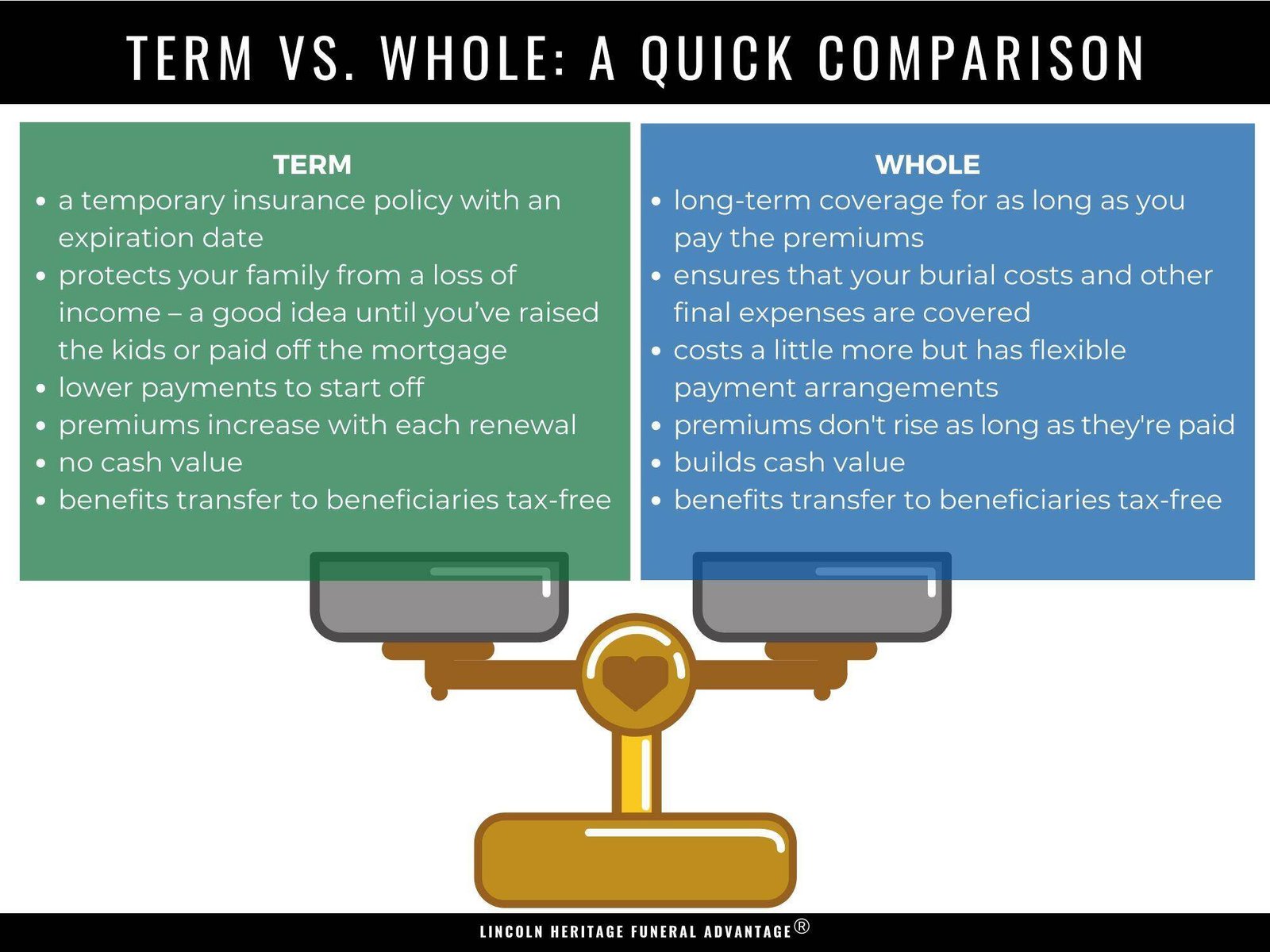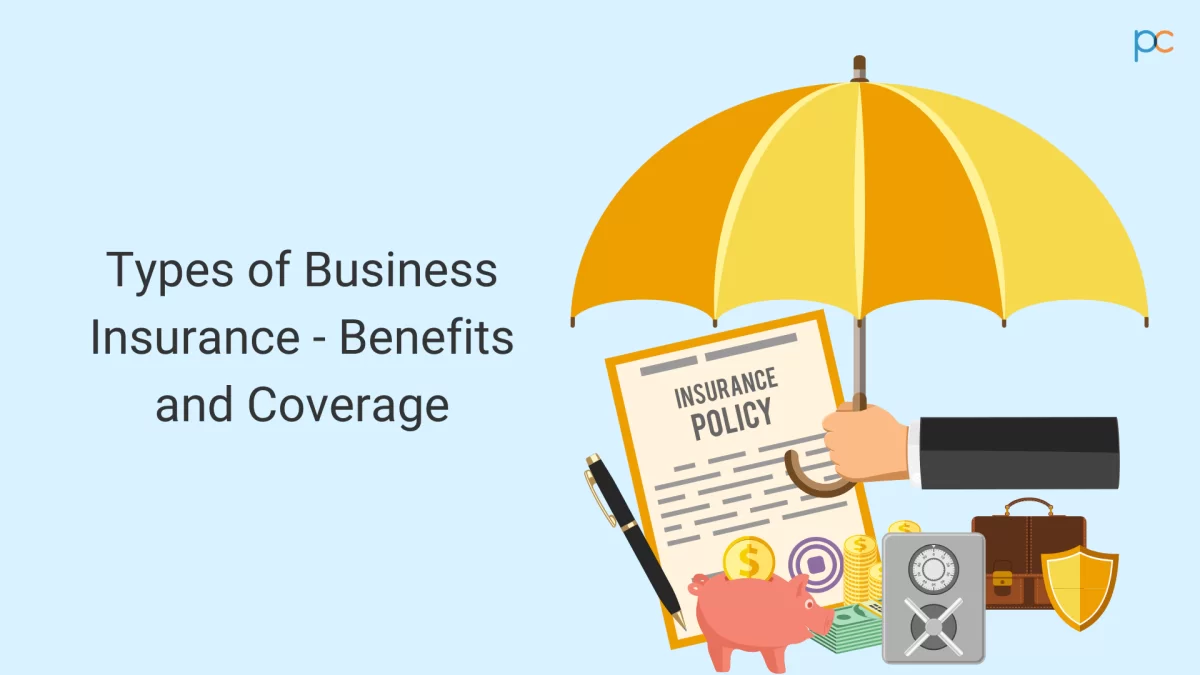Navigating the Maze: A Guide to Common Loan Types in the US
Navigating the Maze: A Guide to Common Loan Types in the US
The American dream often involves financial milestones like car ownership, a comfortable home, and higher education. But let’s face it, achieving these goals can be expensive. This is where loans come in – handy financial tools that help bridge the gap between your current savings and your desired purchase. However, with various loan options available, navigating the lending landscape can feel overwhelming. Fear not! This comprehensive guide will break down four of the most common loan types in the US: personal loans, auto loans, mortgages, and student loans. We’ll explore their uses, interest rates, repayment terms, and factors to consider before signing on the dotted line.
1. Personal Loans: Your All-Purpose Funding Solution
Personal loans offer a versatile way to finance a variety of needs. Unlike mortgages and auto loans, they aren’t tied to a specific purchase. Here are some common uses for personal loans:
- Debt consolidation: Combining multiple debts into a single loan can simplify your repayment process and potentially lower your overall interest rate.
- Home improvement: Whether it’s a kitchen remodel or a new roof, personal loans can help cover the costs of home renovations.
- Major expenses: Unexpected medical bills, car repairs, or appliance breakdowns can be financially straining. Personal loans can provide a safety net for these unforeseen costs.
- Special occasions: Weddings, vacations, or other significant life events can be expensive. Personal loans can help spread out the cost over time.
Interest Rates and Repayment Terms:
Personal loans are typically unsecured, meaning they don’t require collateral like a car or house. This translates to higher interest rates compared to secured loans. Interest rates can vary depending on your credit score, loan amount, and lender. Generally, borrowers with good or excellent credit can expect rates ranging from 6% to 36% APR (Annual Percentage Rate). Repayment terms for personal loans typically range from 12 to 84 months, allowing you to tailor your monthly payments to your budget.
Before You Borrow:
Carefully consider your needs and financial situation before applying for a personal loan. Here are some key factors to ponder:
- Do you have a solid budget? Personal loans shouldn’t be used for frivolous spending. Make sure you can comfortably afford the monthly payments.
- Have you explored all options? Consider alternatives like dipping into savings or negotiating payment plans with creditors before resorting to a loan.
- Can you compare rates? Shop around with different lenders to get the best possible interest rate. Online lenders may offer competitive rates, but don’t neglect traditional banks and credit unions.
2. Auto Loans: Gearing Up for Your Ride
Whether you’re a first-time car buyer or looking to upgrade your current vehicle, auto loans can help finance your purchase. These loans are secured by the car itself. As you make your monthly payments, you gradually own more and more of the car. Once the loan is paid off, the title is transferred to your name.
Interest Rates and Repayment Terms:
Interest rates on auto loans can vary depending on several factors, including your credit score, the loan amount, the car’s age and value, and the loan term. Generally, borrowers with good credit can expect rates around 4.50% APR for new cars and slightly higher rates for used cars. Repayment terms for auto loans typically range from 24 to 84 months. Longer loan terms mean lower monthly payments but also accrue more interest in the long run.
Before You Borrow:
- Know your budget: Factor in not just the loan payment but also insurance, gas, and maintenance costs.
- Consider a down payment: A larger down payment can lower your loan amount and potentially secure a more favorable interest rate.
- Shop around for the best deal: Compare rates from banks, credit unions, and online lenders before making a decision. Don’t be afraid to negotiate for a better rate!
3. Mortgages: Your Path to Homeownership
A mortgage is a long-term loan used to finance the purchase of real estate. It’s a significant financial commitment, so understanding the different types of mortgages and their terms is crucial. Here’s a breakdown of some common mortgage options:
- Fixed-rate mortgage: This option offers a stable interest rate throughout the loan term, typically 15 or 30 years. Your monthly payment remains the same, providing predictability in your budget.
- Adjustable-rate mortgage (ARM): ARMs offer an initial lower interest rate that adjusts periodically after a fixed introductory period. This can be attractive for first-time homebuyers, but be aware that your monthly payment could increase in the future.
Interest Rates and Repayment Terms:
Mortgage interest rates are generally lower than personal loan rates due to the security of the property. However, factors like your credit score, loan amount, down payment size, and the type of mortgage will all influence the specific interest rate you receive. Generally, mortgage terms range from 15 to 30 years, with 30-year fixed-rate mortgages being the most common.
Before You Borrow:
- Get pre-approved: Before house hunting, obtain a pre-approval letter from a lender. This shows sellers you’re a serious buyer and helps you determine your budget.
- Understand the closing costs: Closing costs include various fees associated with purchasing a home. Factor these into your overall budget.
- Don’t borrow more than you can afford: A house is a significant investment, so ensure the monthly mortgage payment aligns with your long-term financial goals.
4. Student Loans: Investing in Your Education
Student loans help finance higher education costs, including tuition, fees, living expenses, and books. These loans are typically unsecured, but the government guarantees some types. Here are the main categories of student loans:
- Federal student loans: Offered by the federal government, these loans generally come with lower interest rates and more flexible repayment options compared to private loans.
- Private student loans: Issued by banks, credit unions, or other private lenders, private loans often have higher interest rates and stricter repayment terms.
Interest Rates and Repayment Terms:
Interest rates on student loans vary depending on the loan type, your creditworthiness, and whether you’re an undergraduate or graduate student. Federal student loans typically have lower interest rates than private loans. Repayment terms for student loans can vary depending on the loan program, but generally range from 10 to 25 years. Some federal loan programs offer income-driven repayment options that adjust your monthly payment based on your income.
Before You Borrow:
- Exhaust all scholarship and grant opportunities: Pursue scholarships, grants, and work-study programs to minimize your reliance on loans.
- Borrow strategically: Only borrow what you absolutely need to cover your education costs. Don’t be tempted to use student loans for unnecessary living expenses.
- Understand repayment options: Research the different repayment plans available for your specific loan type. Income-driven repayment plans can be helpful if you’re struggling financially.
Conclusion: Choosing the Right Loan for You
With a variety of loan options available, the key to making an informed decision is understanding your specific needs and financial situation. Consider the following factors when choosing a loan:
- Purpose: Identify what you need the loan for and choose the loan type best suited for that purpose.
- Interest rates: Compare interest rates from different lenders to secure the best possible deal.
- Repayment terms: Choose a loan term with monthly payments that fit comfortably within your budget.
- Eligibility: Ensure you meet the eligibility criteria for the loan type you’re considering.
- Total cost: Factor in not just the loan amount but also interest charges and any additional fees.
Remember, a loan is a financial commitment. Borrow responsibly and prioritize repayment to avoid falling into debt. It’s also wise to consult with a financial advisor for personalized guidance tailored to your unique circumstances. By carefully considering your options and making informed decisions, you can leverage loans to achieve your financial goals without getting overwhelmed.










